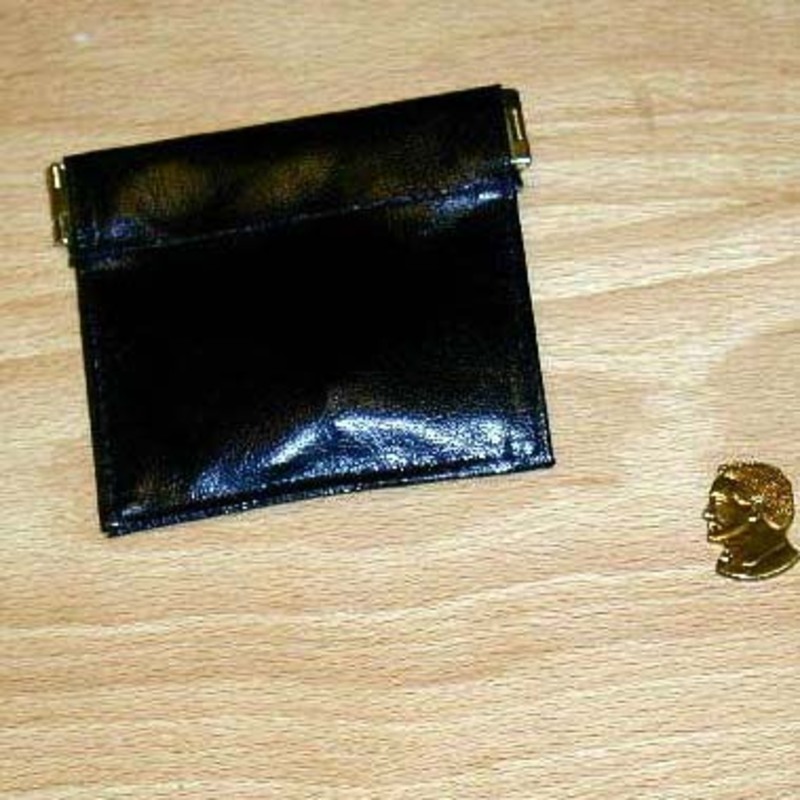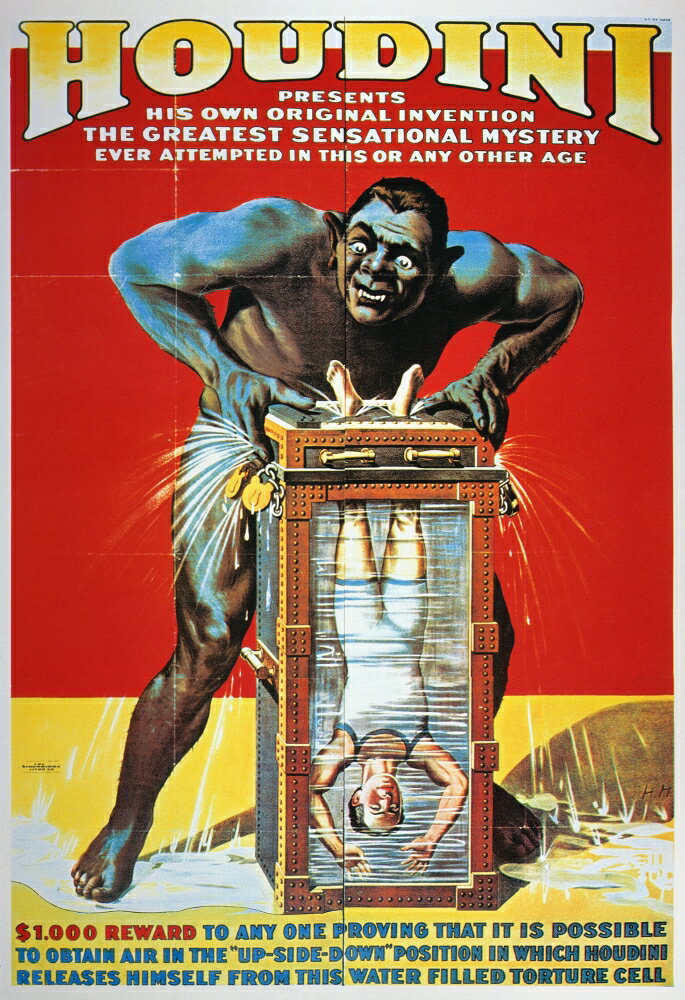
The Traveling Paper Balls, The Cigarette Paper Tear (several methods, including one by the great Harry Kellar), The Ballot or Pellet Test, The Restored Calendar, and The Floating Tissue Paper Ball are fair samples of these close-up tricks. The book has some 200 pages of actual text, of which 110 are devoted to "magic" of the type that actually mystifies and 90 to what might be called "fun with paper." We may dispose of the latter briefly by saying that there are 24 pages on paper folding, which are unlikely to be of any practical use to the public entertainer 37 pages on paper-tearing, with explanations of Jacob's Ladder, The Trellis, The Fir Tree (or Corn Stalk), and instructions for tearing fancy designs from sheets of paper and 24 pages of paper puzzles, which are just that and nothing more.įar more important for the student of magic are the 110 pages of "paper tricks." There are 23 feats in all, most of which are better for close work than for stage performance.


However, it is presented here in attractive form, and its concentration in one volume will appeal strongly to magicians who are fond of tricks in which paper, in one form or another, plays either a major or a minor part. Most of this material can be found in other books, and much of it has been equally well explained elsewhere. Houdini sponsored, possibly compiled, and perhaps even wrote up some of the material, but did not originate it. Furthermore, the book is "Houdini's" only in the sense that Mr.

It is "paper magic," no doubt, but only if the word "paper" is taken to mean such widely different articles as newspapers, printed programs, calendars, cardboard dolls, confetti, and banknotes, and if the term "magic" is broadened to include not only feats of conjuring but also such things as paper-folding, paper-tearing, and paper puzzles.

The title of this volume does not give the prospective reader a very good idea of its contents.


 0 kommentar(er)
0 kommentar(er)
